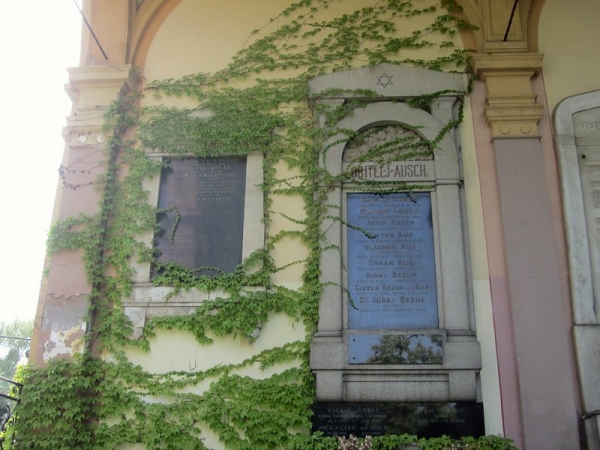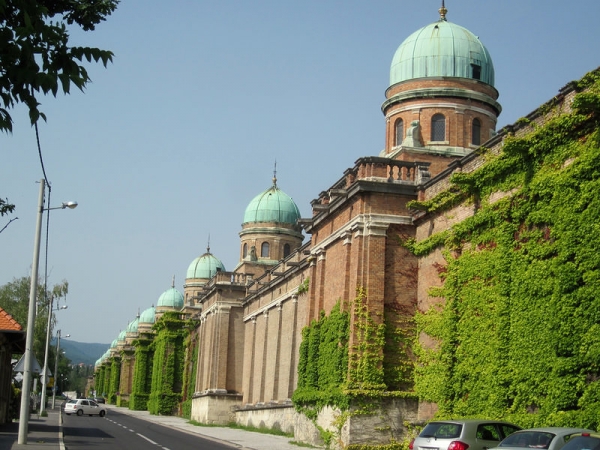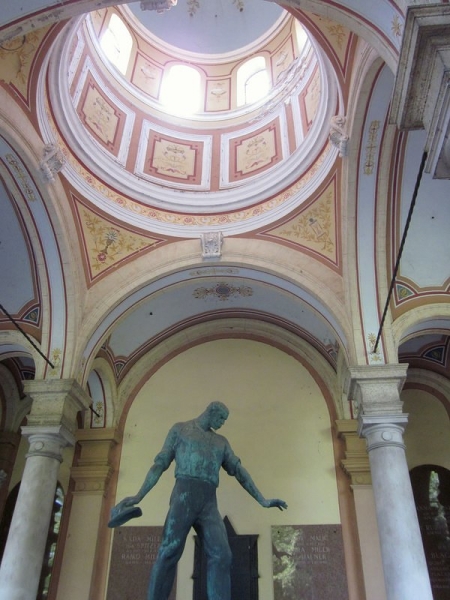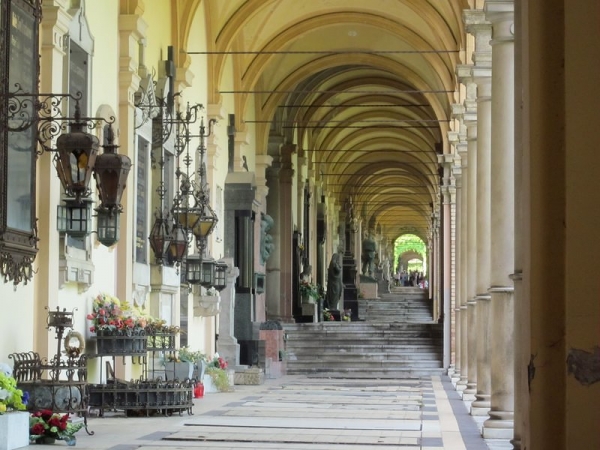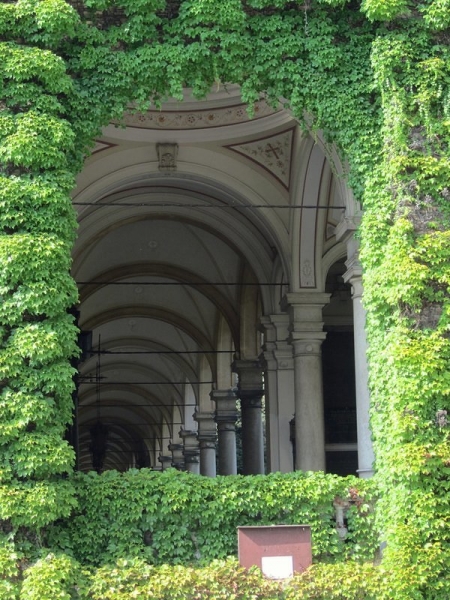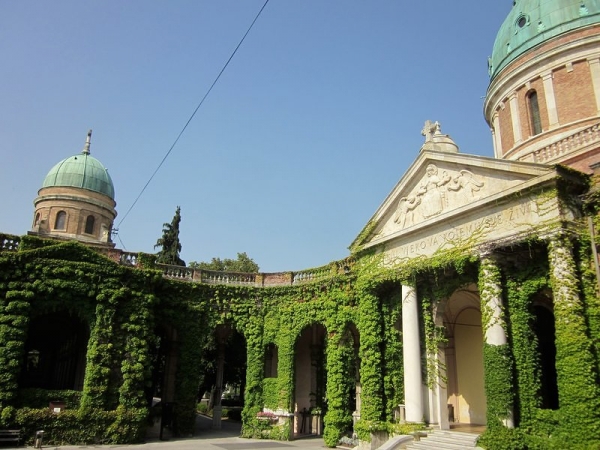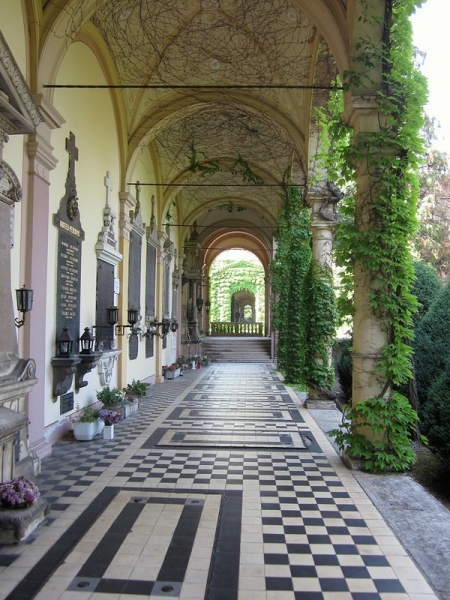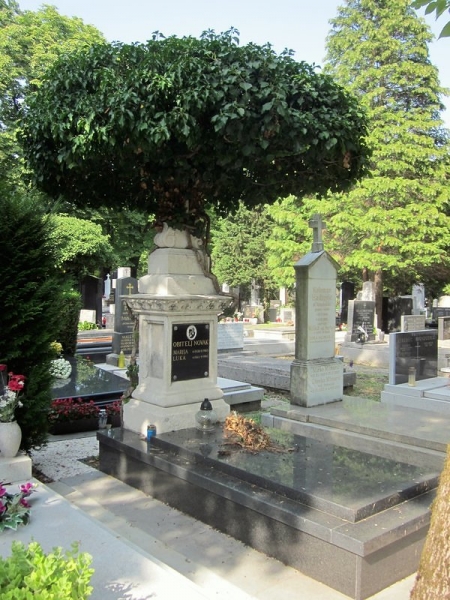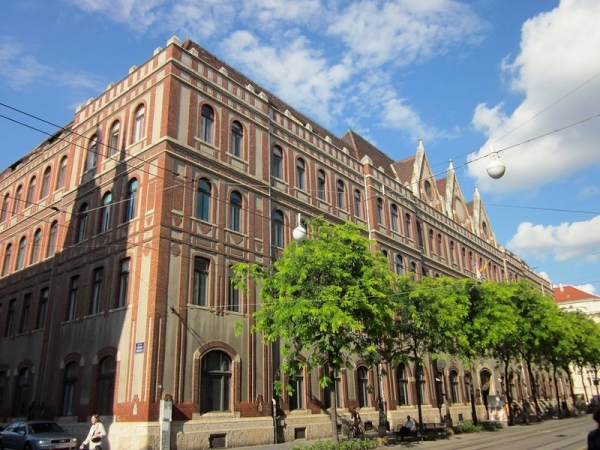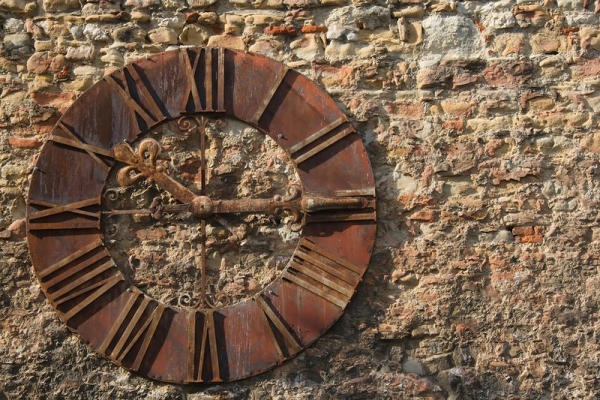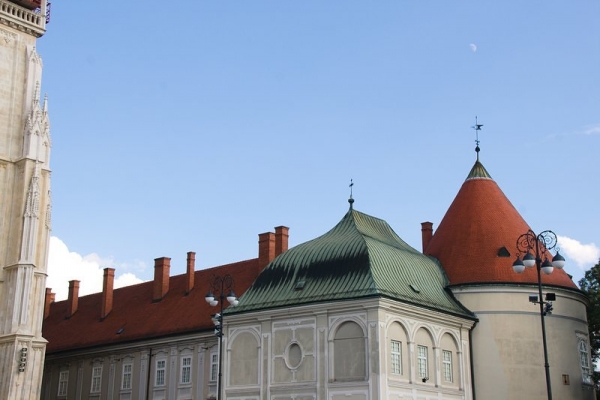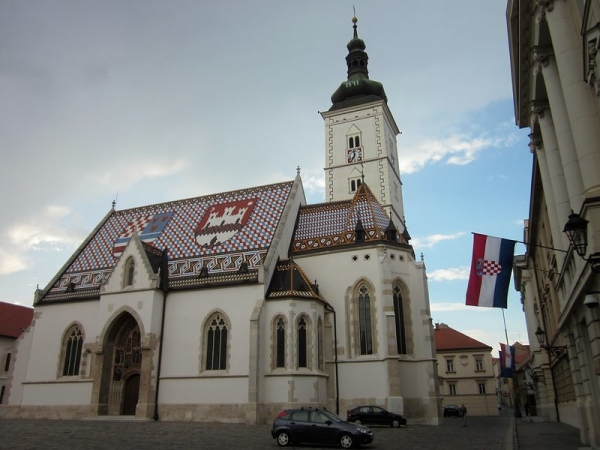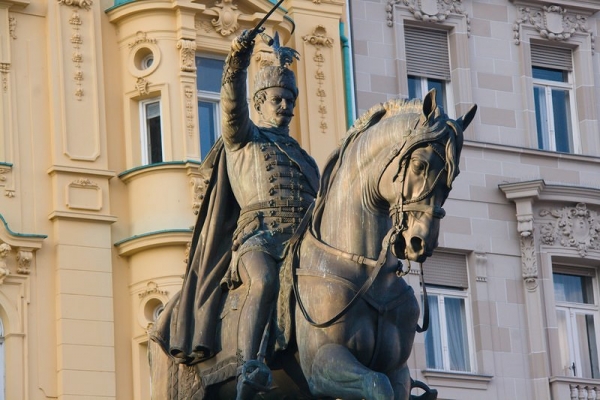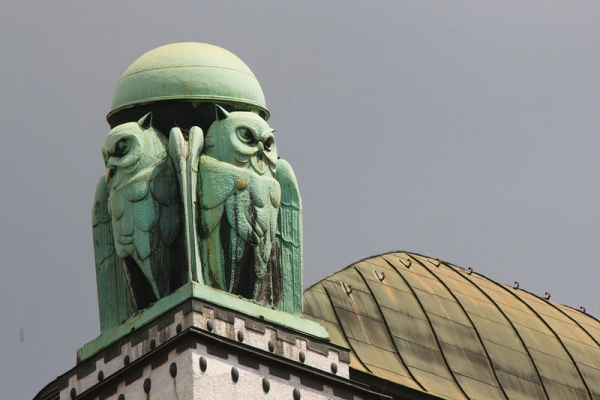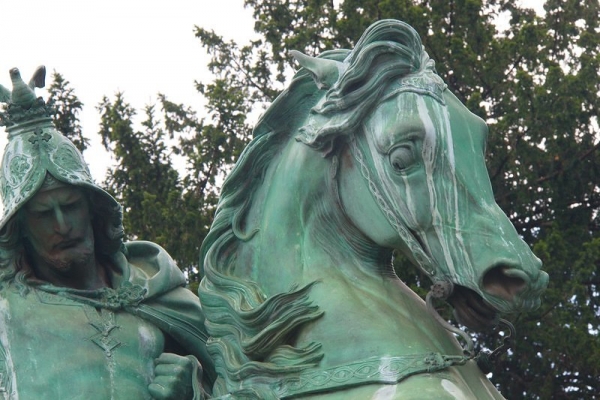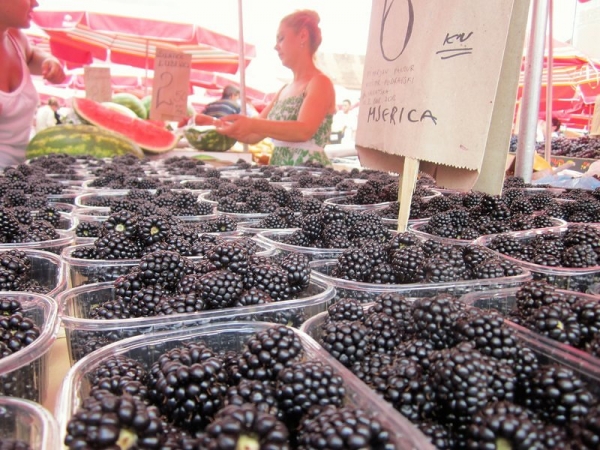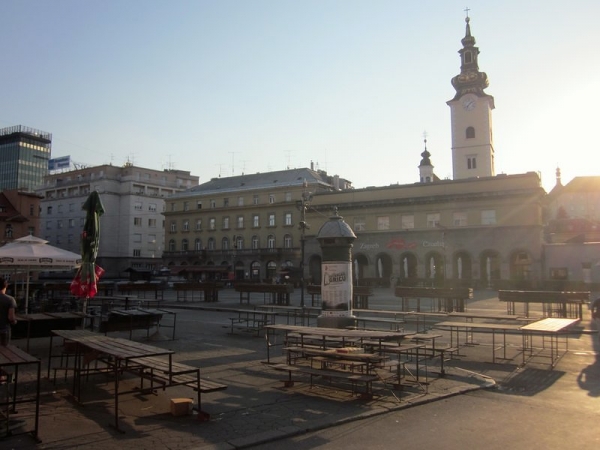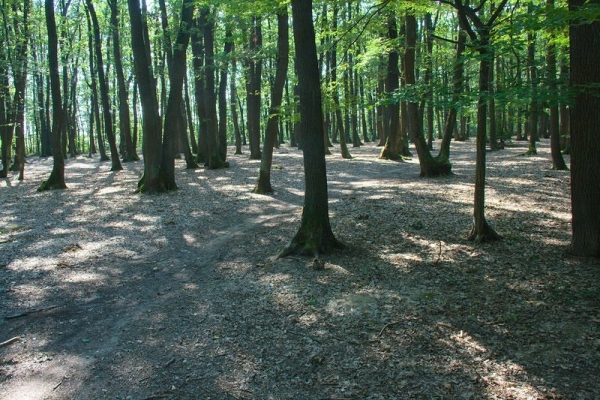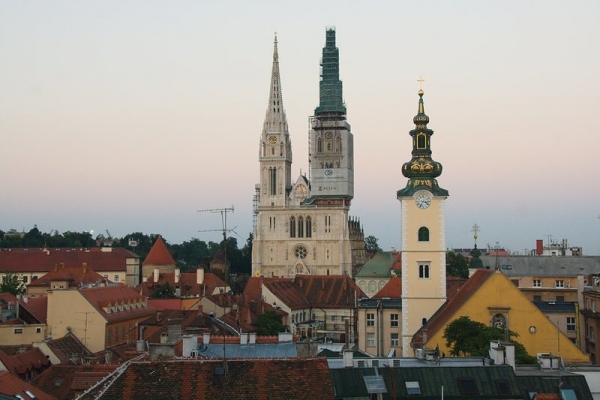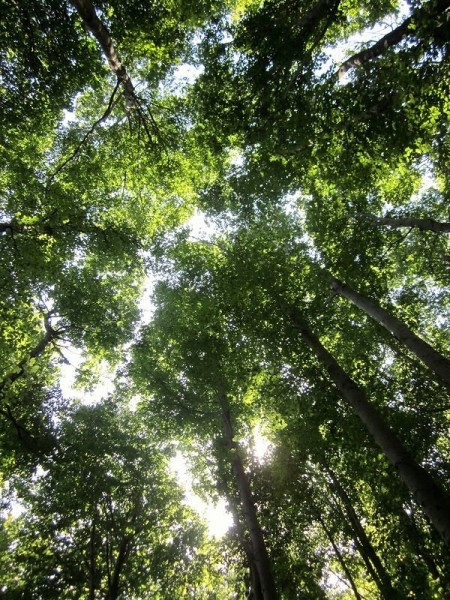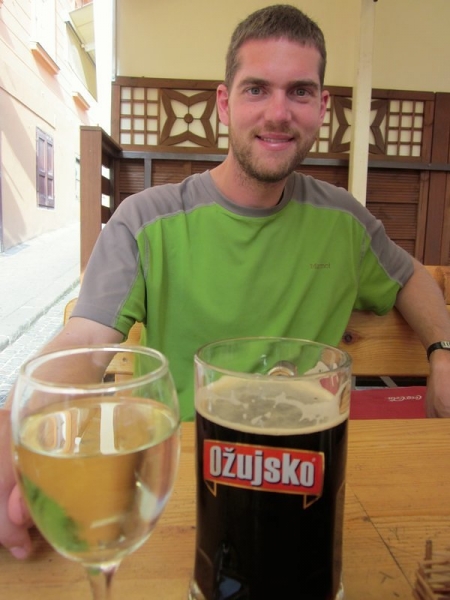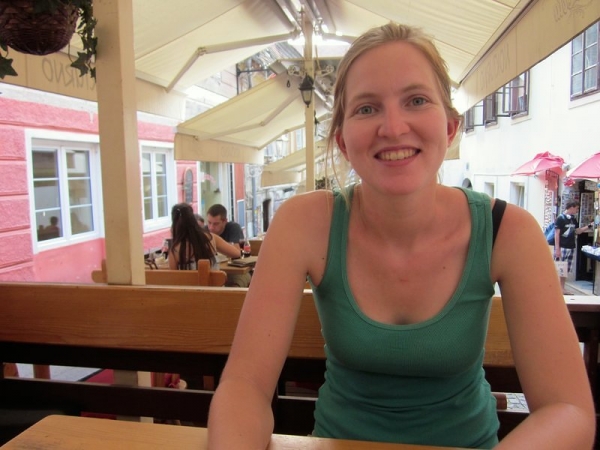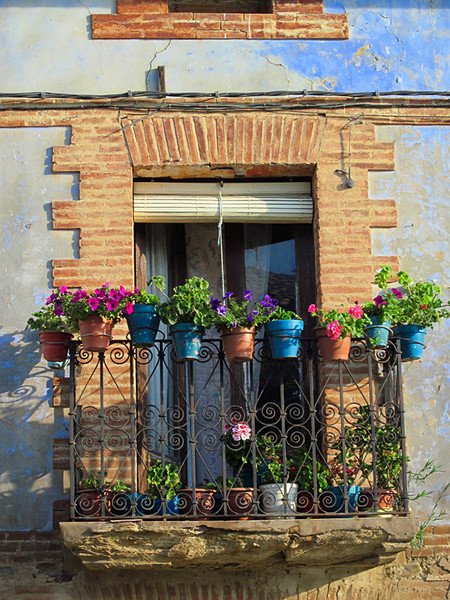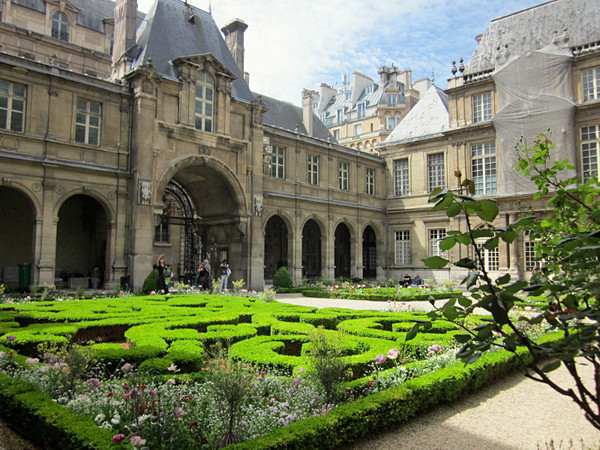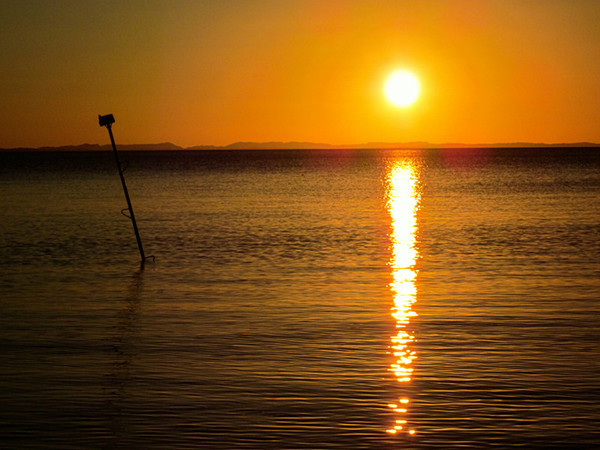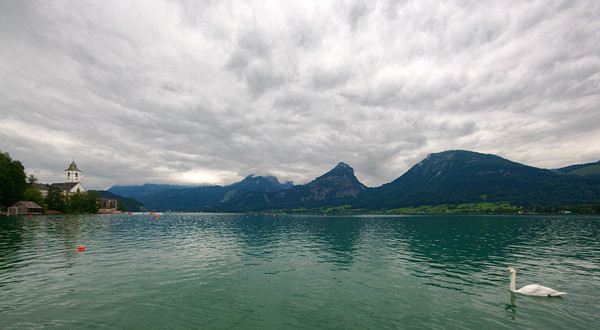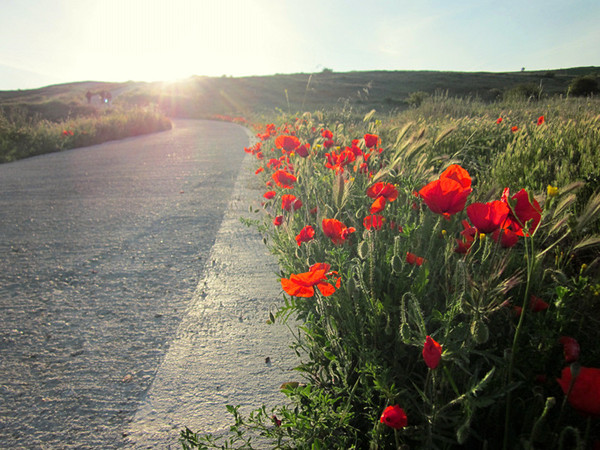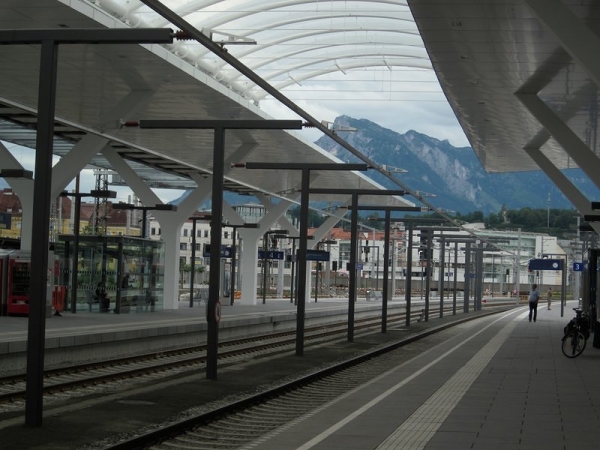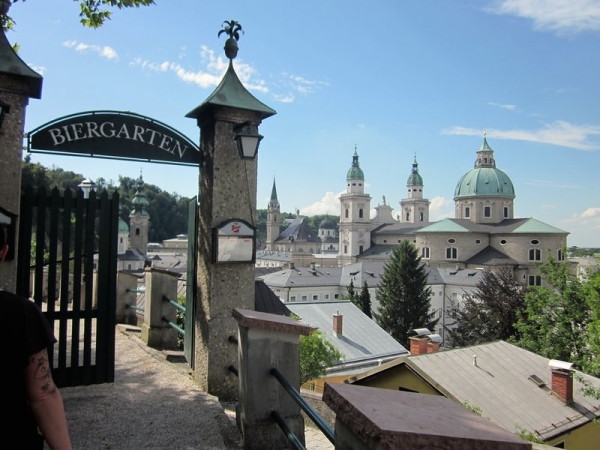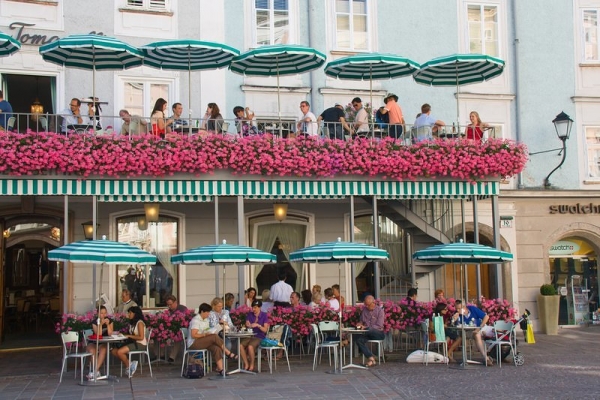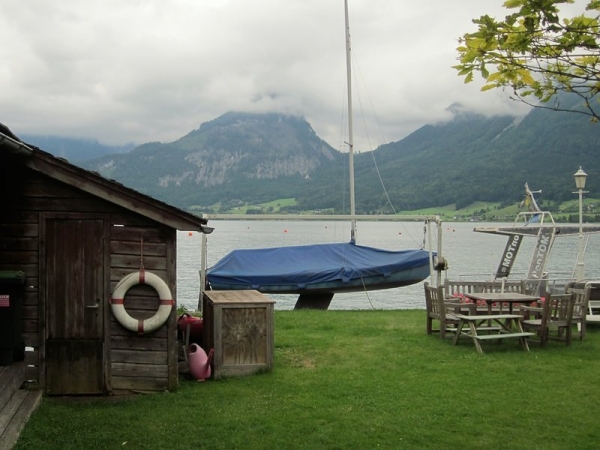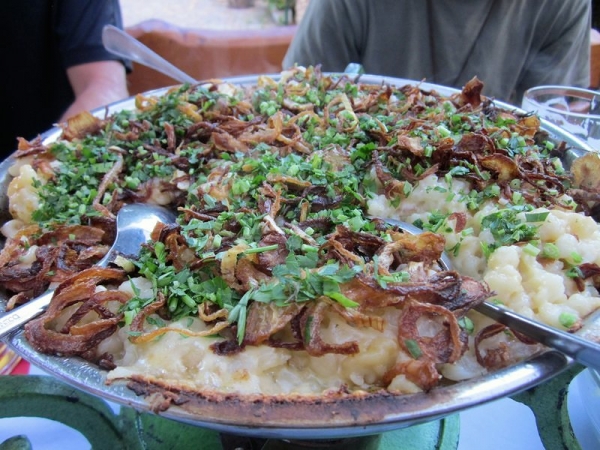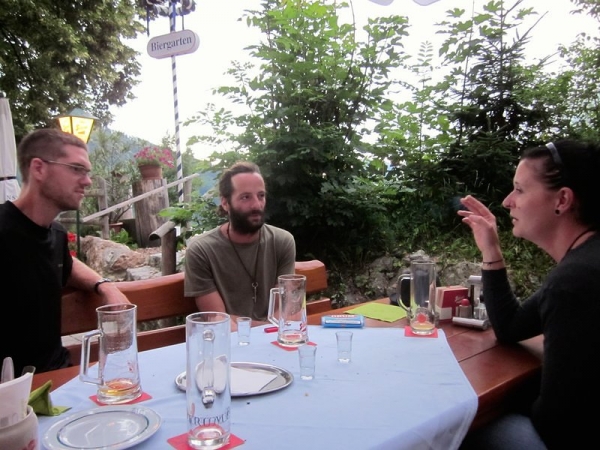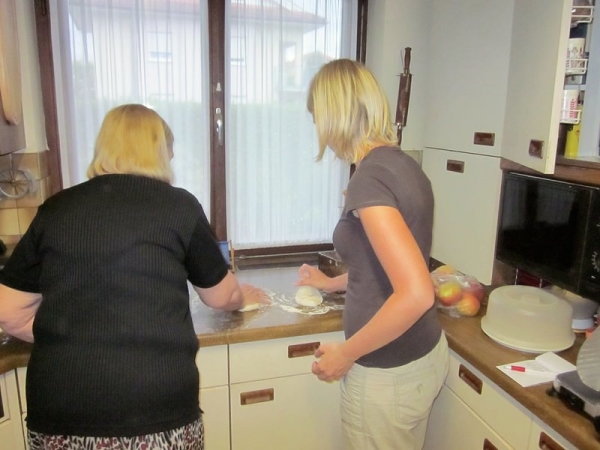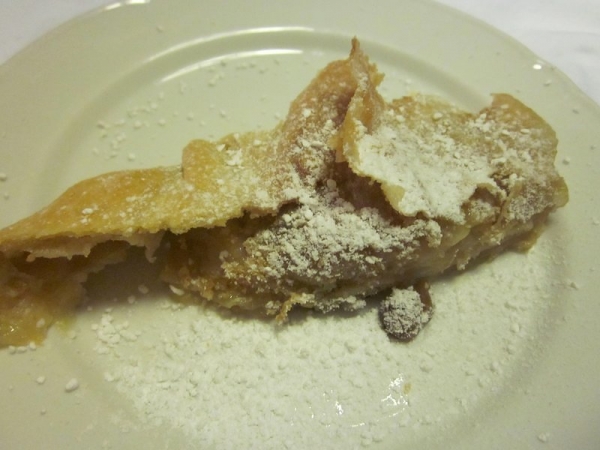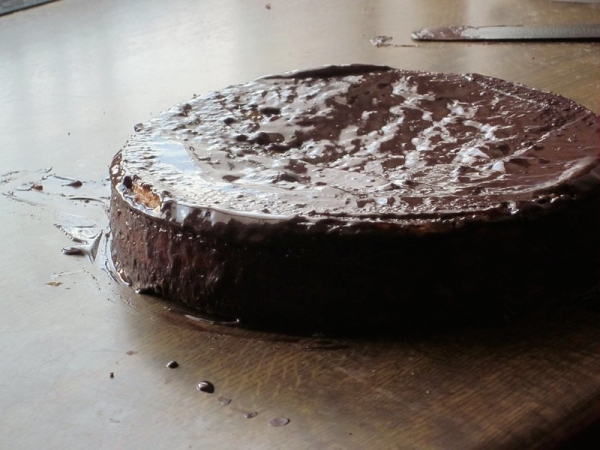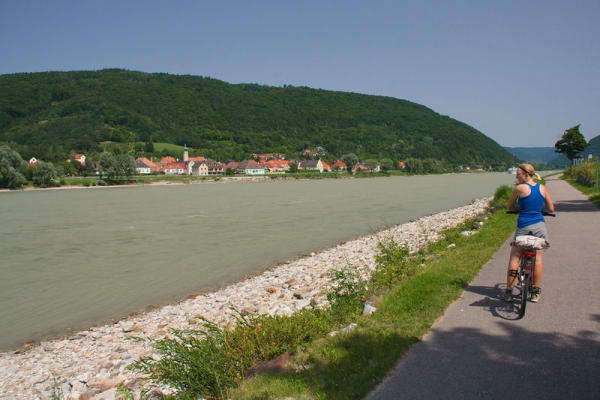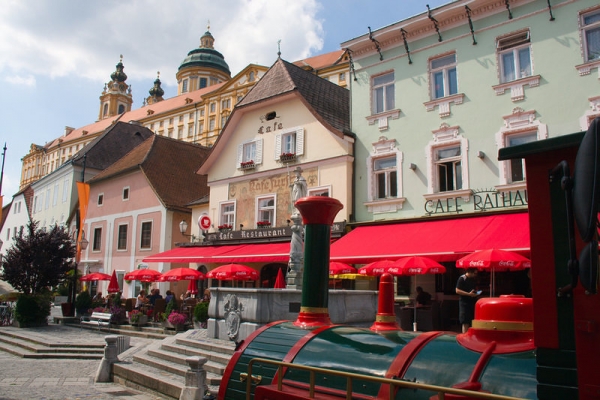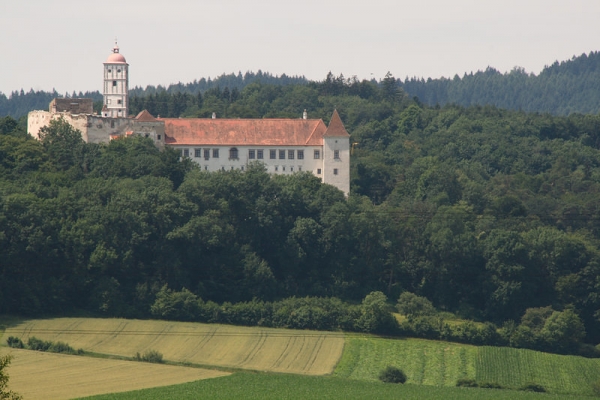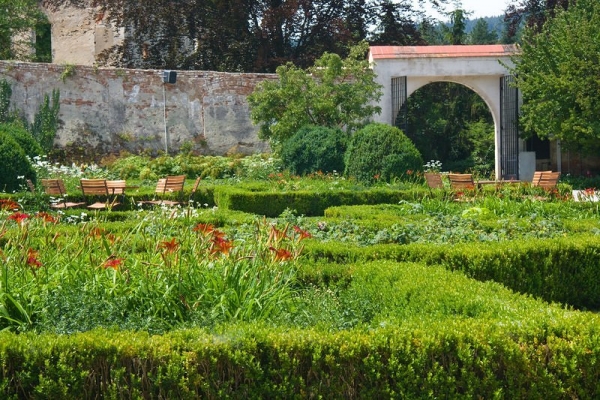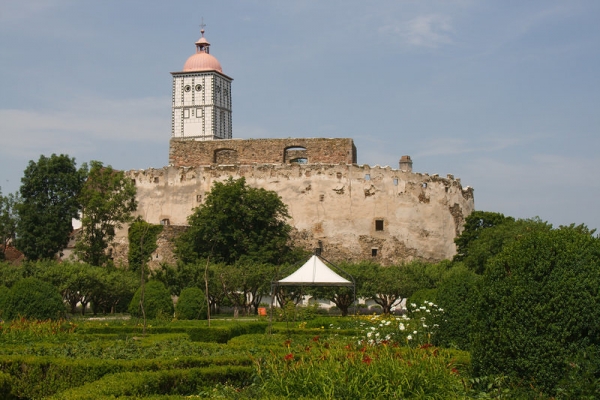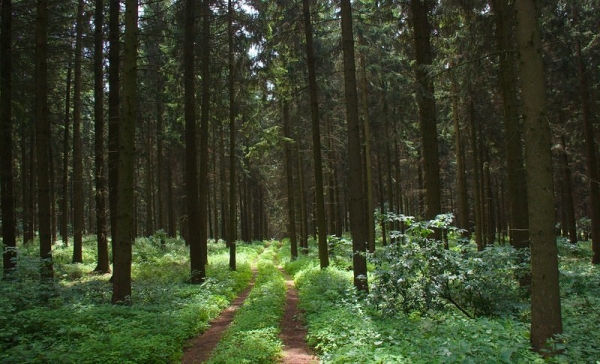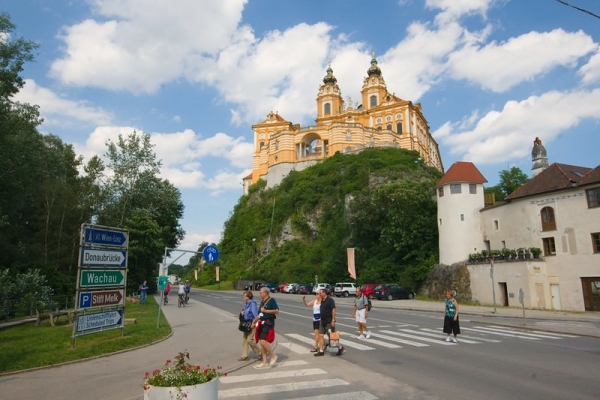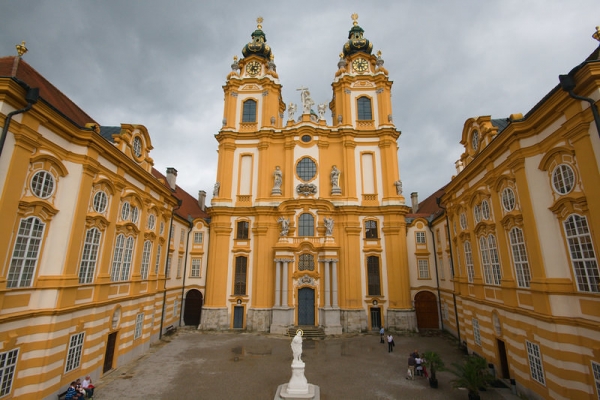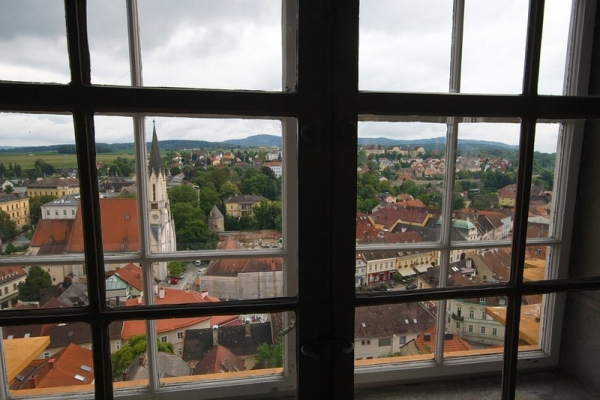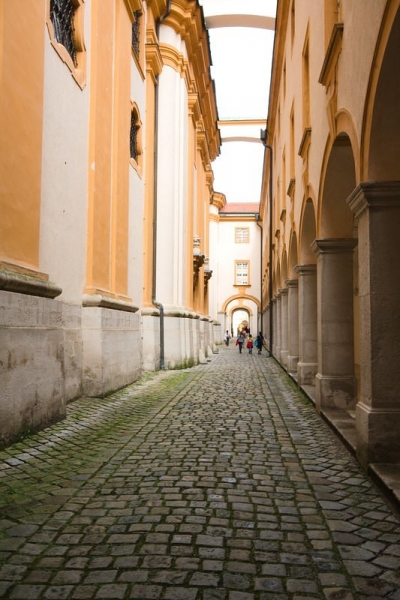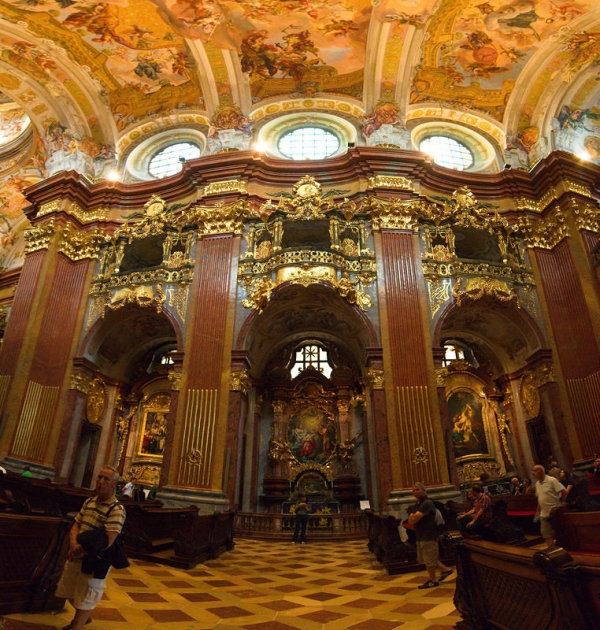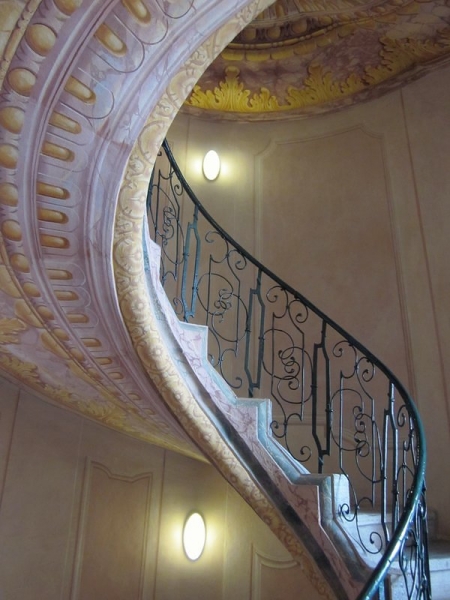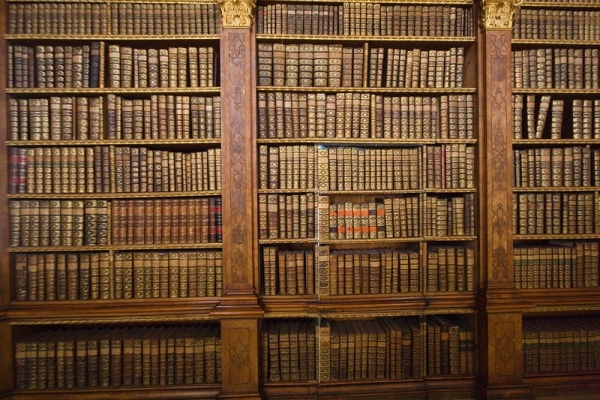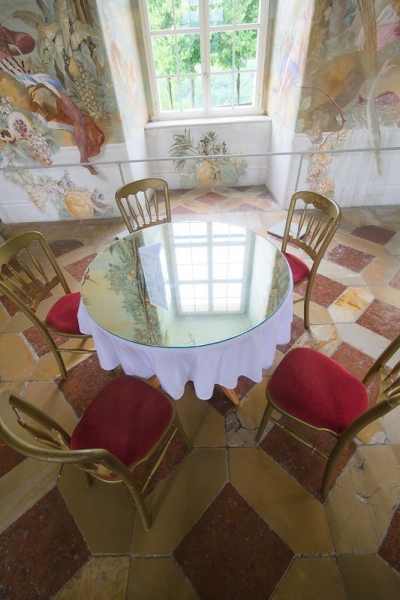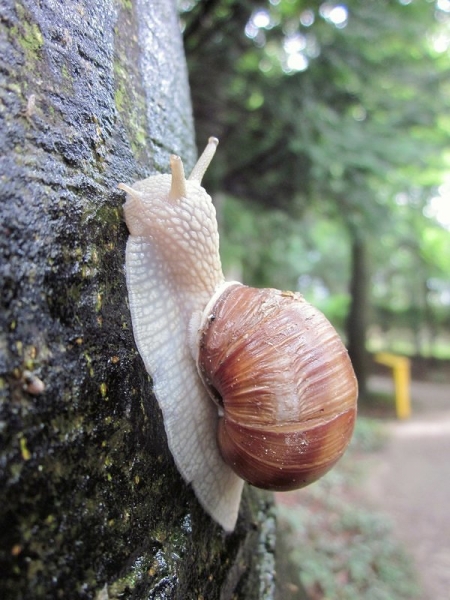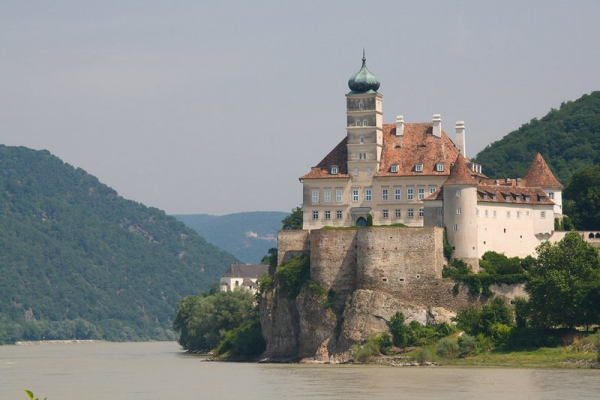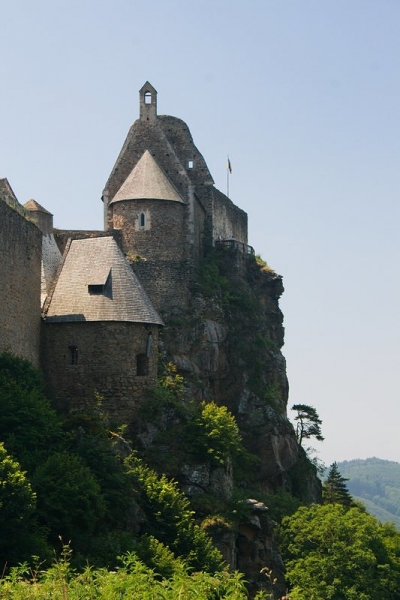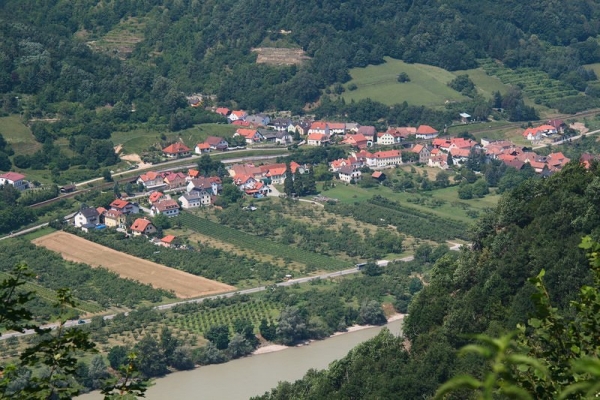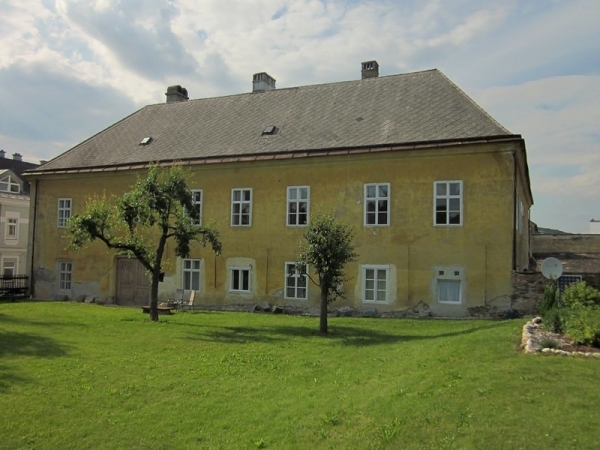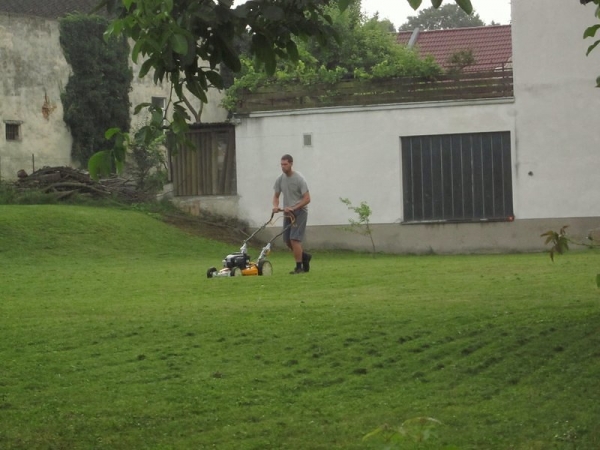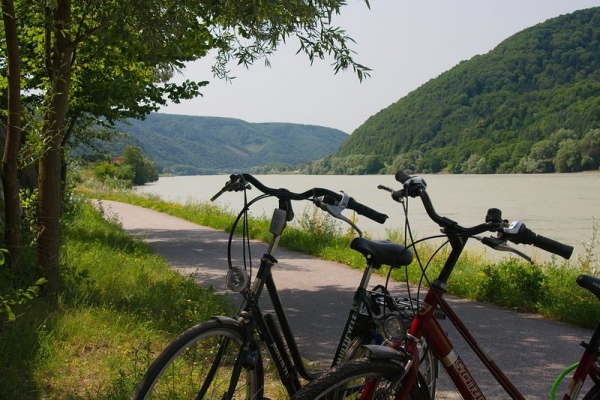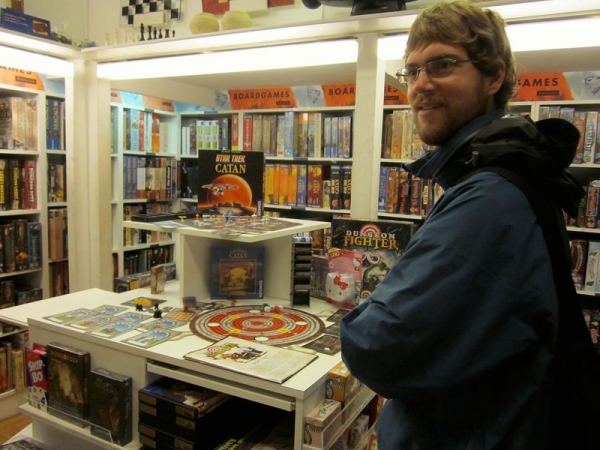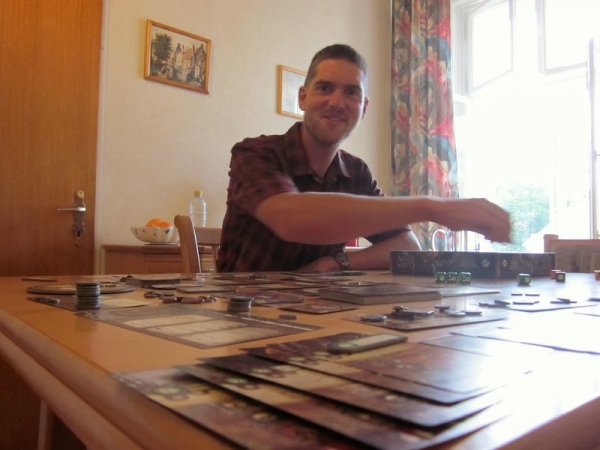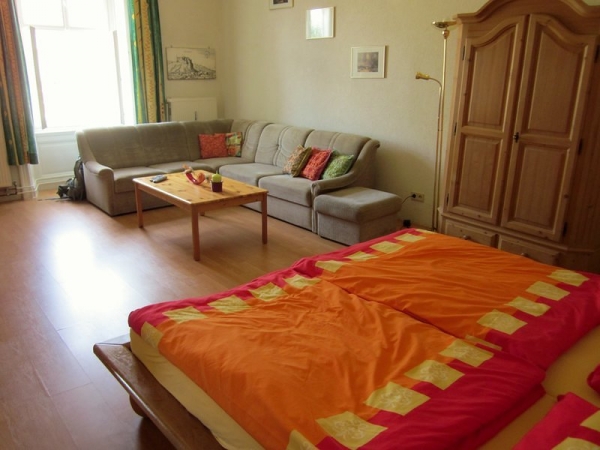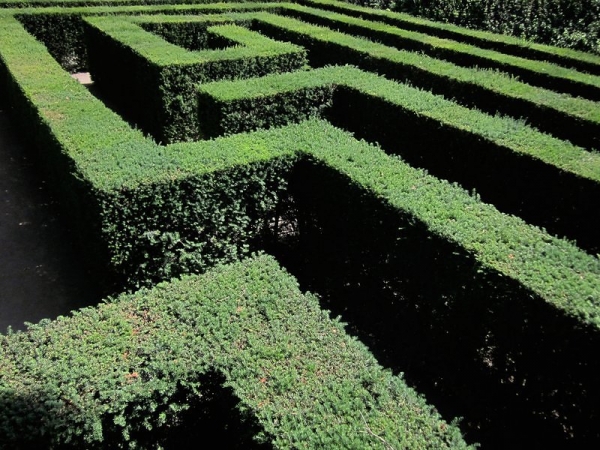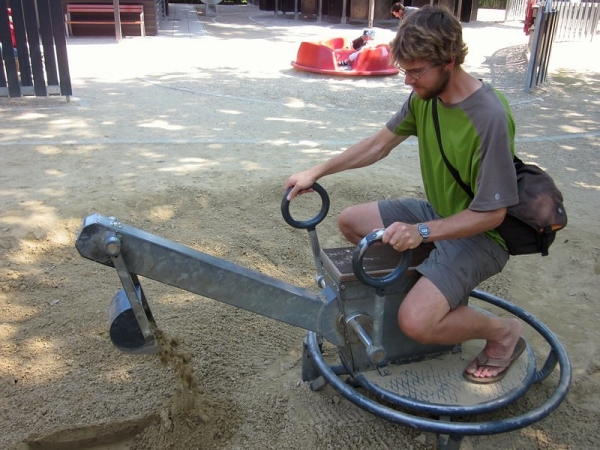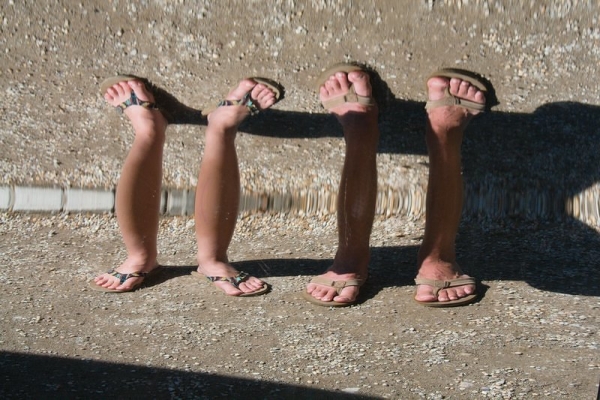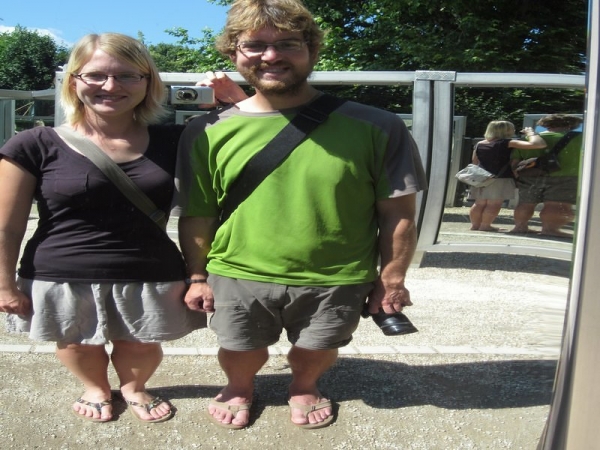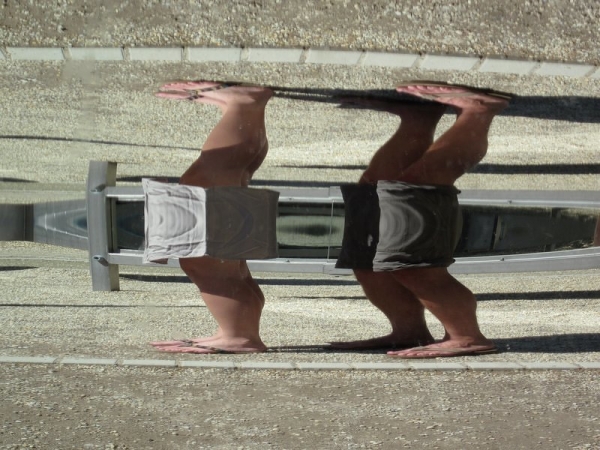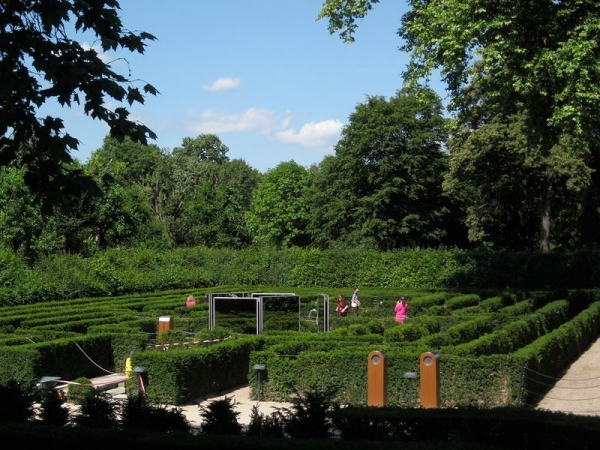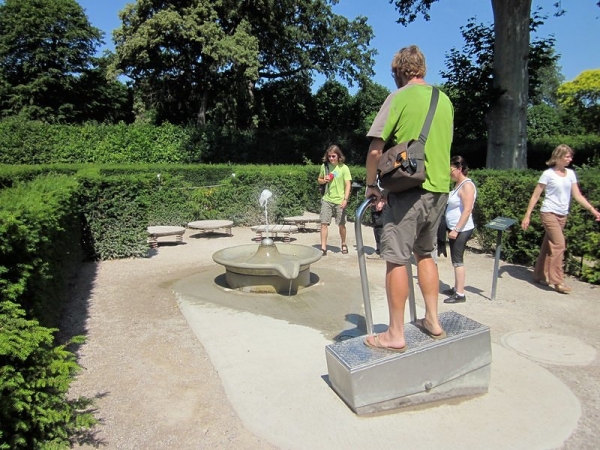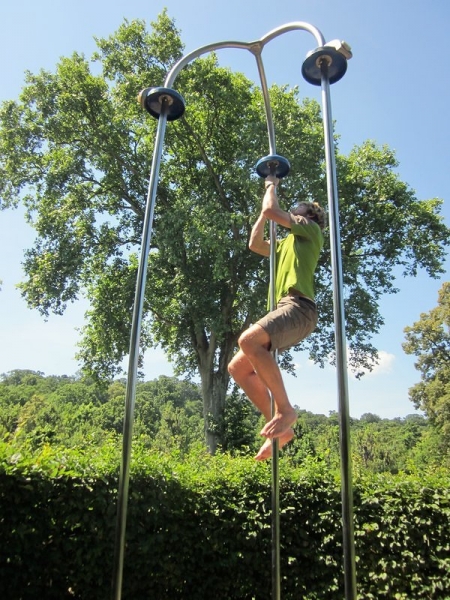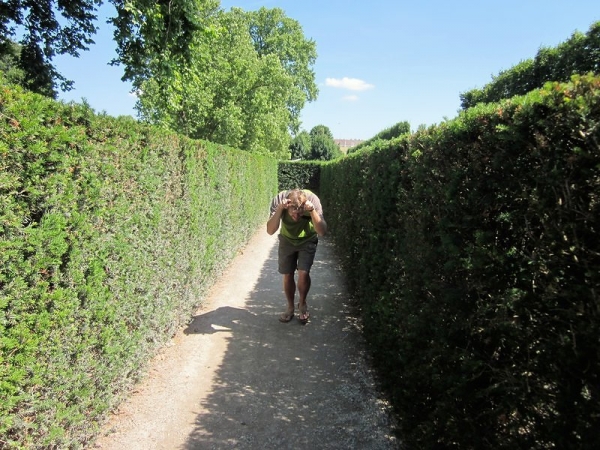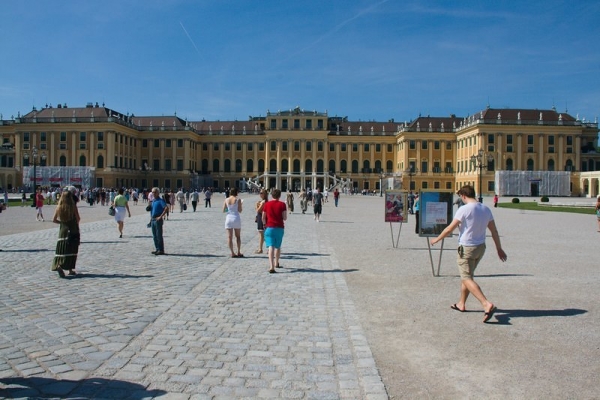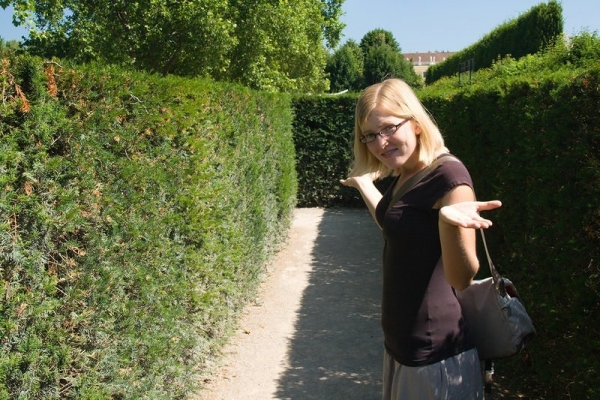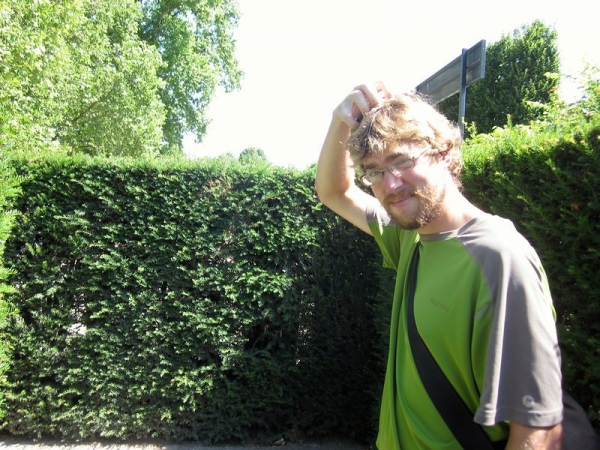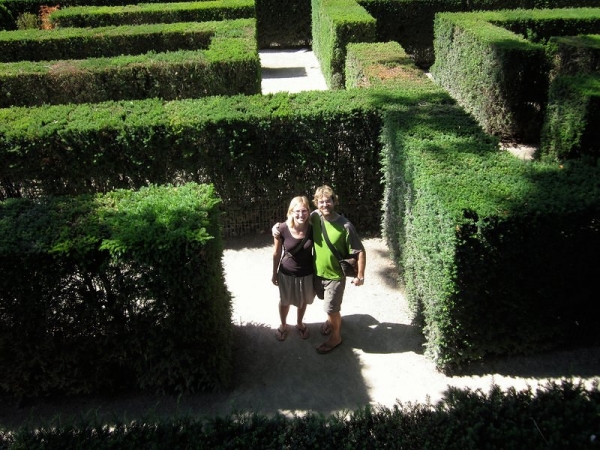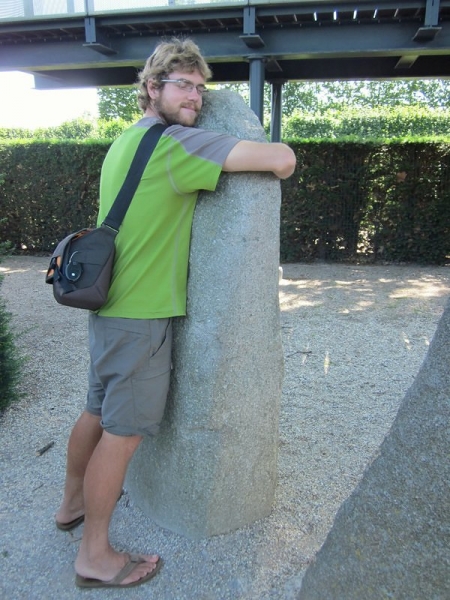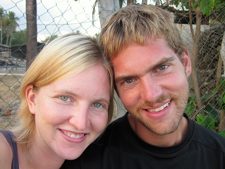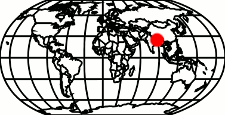An apartment of our very own. One place. One bed. One whole month. As we neared the end of the Camino, we knew that this was exactly what we needed. We were tired of being tourists – after constantly being on the move and having to orient ourselves in a new town or city every day, we were ready for a break from it all.
Enter Loosdorf, Austria. Population: 4000.
Why Loosdorf? Our access to internet was limited and unpredictable on the Camino, so when we decided halfway through to rent an apartment somewhere when we finished, we didn’t have a lot of time for searching and negotiations. We spent a couple of evenings searching for non-shared accommodations in our price range on sites like AirBnB, Roomorama, and some other subletting sites. Ultimately, AirBnb had the most options in our price range ($750 CAD per month or less). Using that site, we short listed our favourites from Germany, Austria, Spain, and Portugal and contacted all the owners. The owner has to approve your stay, even if the place is available, and we had been burnt on getting this done in time before. So we went with the first one that pre-approved us – Hohe Schule, in Loosdorf, Austria. And we couldn’t have picked better.
The apartment building
Loosdorf is a smallish town by Austrian standards (but large enough for us. We come from small towns of 200 and 650 people in Saskatchewan, and happily spent 3 month on the tiny island of Jewel Cay, population approx. 400, in Honduras). While Loosdorf itself doesn’t offer much in the way of activities, it is surrounded by walking paths, bike paths, forests, castles and abbeys. Vienna is only an hour away by train and Salzburg is two hours away (if you fork over the cash for an express train). So basically it makes the perfect home base for an extended stay. Originally, we planned to make small trips into Germany, Slovakia, and the Czech Republic, but there was just too much to see where we were.
We felt at home immediately upon arriving. Our landlord, Wenny, was amazing. The apartment we wanted to rent wasn’t available for the entire month, so she gave us a free upgrade to a larger apartment for the first two weeks. We didn’t want to pay two cleaning fees for the two apartments, so she let us clean the first one ourselves. She invited us over for beer and supper on several occasions and we had a lot of interesting conversations about Austria, South Africa (where she and her husband live), and the Phillipines (where she’s originally from). She even offered us a few odd jobs around the place – like grass-cutting, assembling end tables for another room, and cleaning), generously compensating us for our work.
Mike cutting grass at the apartment
As we’ve mentioned before, we like to travel slow. Renting an apartment for a month is a great way to reduce costs (monthly rental rates usually work out to less than half the cost of weekly rates) and get to know an area. There are so many great things about staying put for a while, like:
1. Pickles. This may sound kind of silly, but I have really missed pickles while travelling. Although you can pretty much find them anywhere, small jars are expensive and big jars are, well, too big. An apartment means a fridge to store your pickle jar. Of course, this concept applies to all food items – you can buy in bulk, which allows for more variety and lower food costs.
2. Spices. We have pretty much carried salt, pepper, and curry powder around since we left home. But variety is the spice of life. So now we have a few more flavours we’ve been missing… dill, basil, oregano, cumin, coriander, and a pizza blend.
3. Dressers and Closets. My clothes were nicely folded on a shelf or hanging up, not rolled up in packing cubes. ‘Nuf said.
4. Bikes. Our apartment included bicycles that we could use without restriction. While we know we can walk 30 km in a day, we’d rather take a bike.
Cycling along the Danube
5. Board Games. In anticipation of some free time and table space, we bought a board game in Vienna. It doesn’t actually have a board, which makes it perfect to pack up and carry with us. It’s hard to say if we had more fun picking it out or playing it.
Mike, in the board game shop. Talk about kid in the candy store!
Playing the new board game
6. Privacy & Space. It’s just plain satisfying to have a couch to sprawl out on, comfy chairs, a computer desk, and the ability to fry some breaded zucchini in the nude. While I wouldn’t recommend the last one, it sure is nice to know the possibility is there.
Our living room/bedroom…. so much space!
7. An Oven. Unlike Honduras, we didn’t spend all our baking time making baked goods full of sugar and butter. This time we opted to make such healthy and delicious items as homemade wholewheat pizza and baked stuffed peppers.
8. Hot Showers and Real Towels. I don’t ask much from a shower… the ability to control the temperature, not having to push a button every 5 seconds to restart the flow, and hot water… that’s about it. After over a month of semi-private to public showering in less than ideal conditions, I was happy to have a hot shower every day! And while light-weight, ultra-absorbant travel towels are amazing little creations, nothing feels so good as to wrap a soft, fluffy towel around yourself after a nice hot shower.
9. A Washing Machine! This is a luxury we hadn’t had yet on this trip. While I don’t mind handwashing our clothes, a month-long break from it was definitely a bonus!

